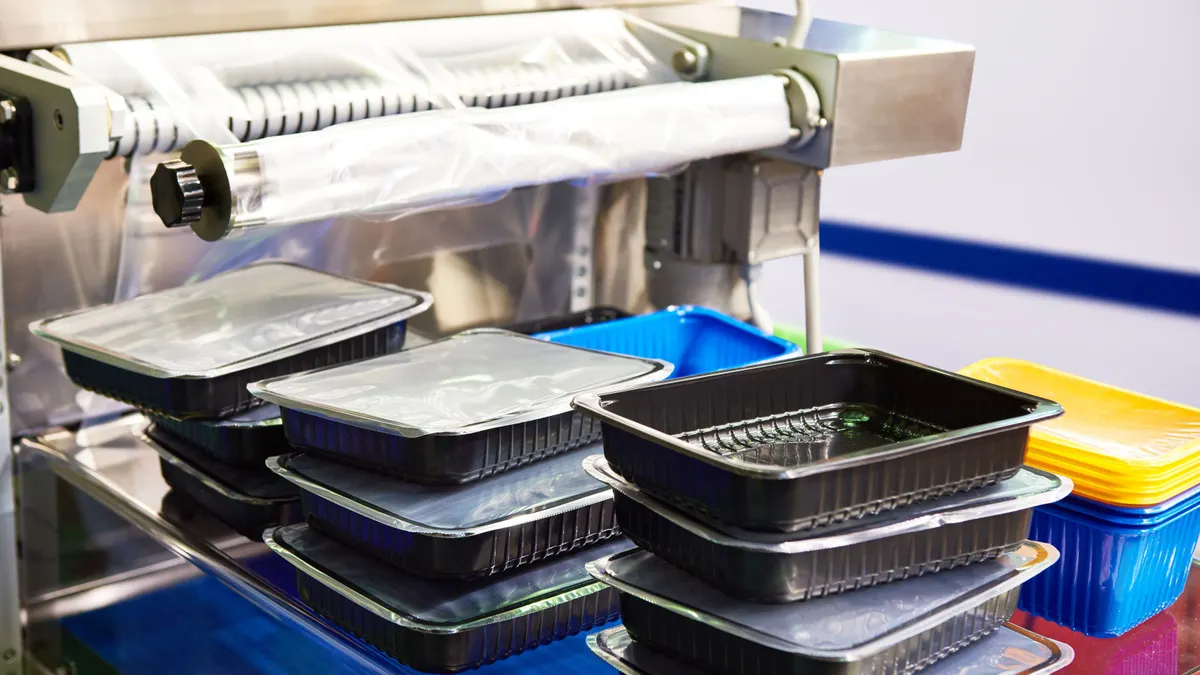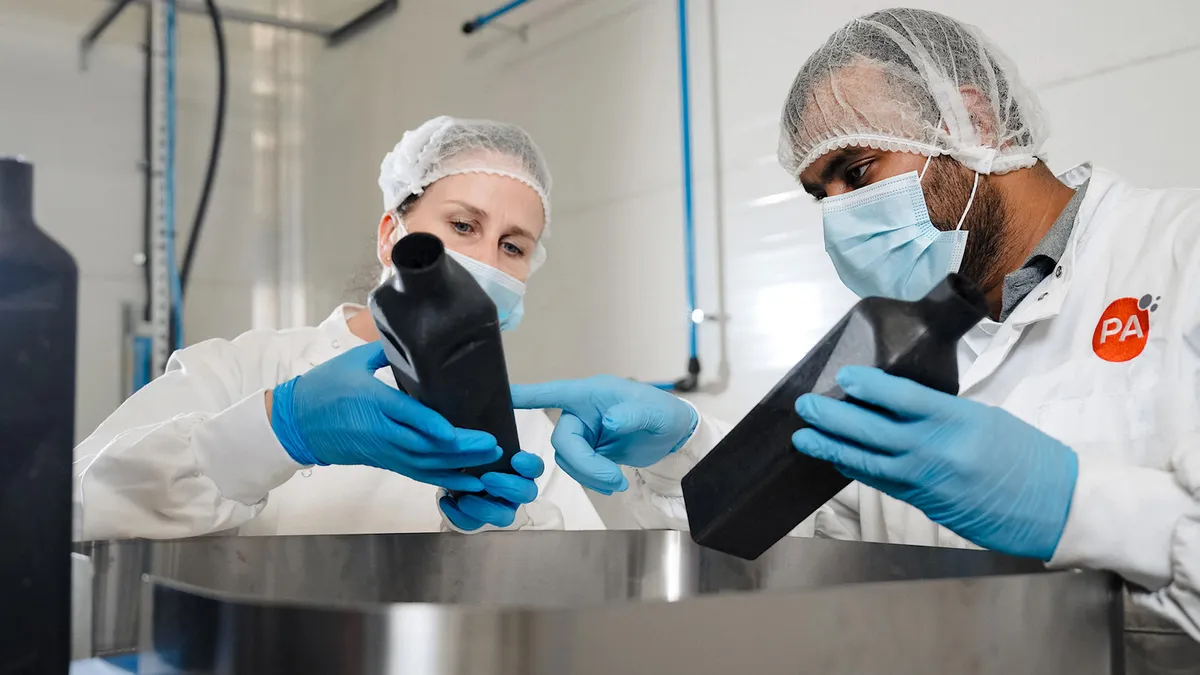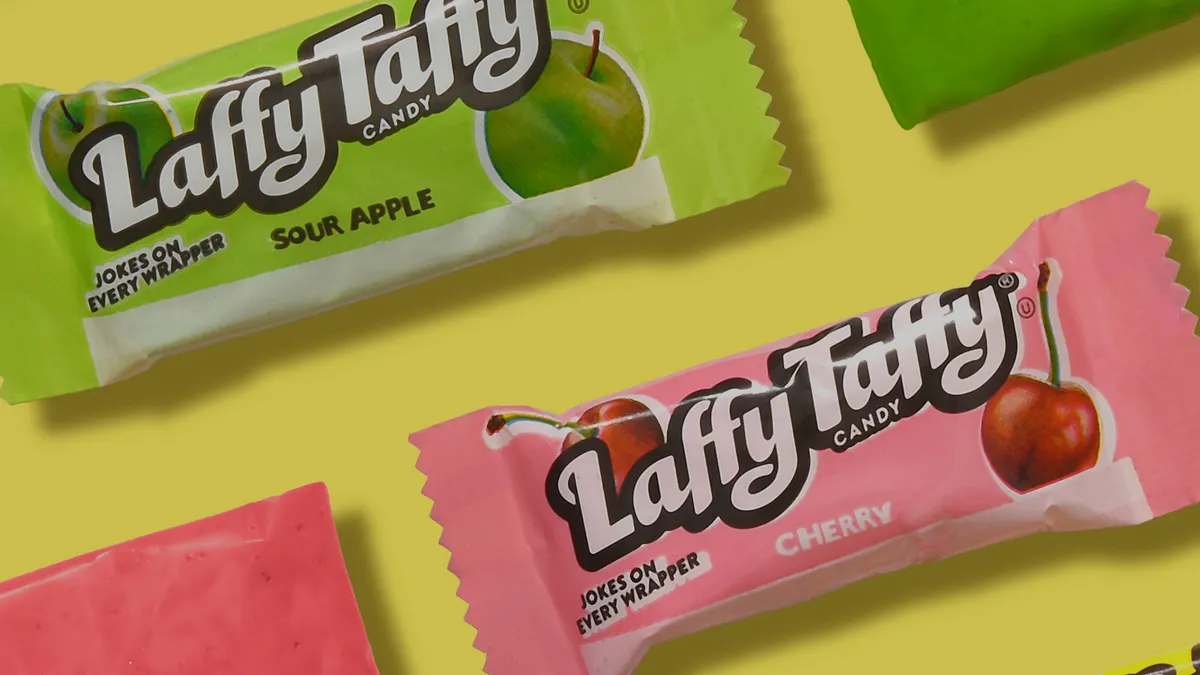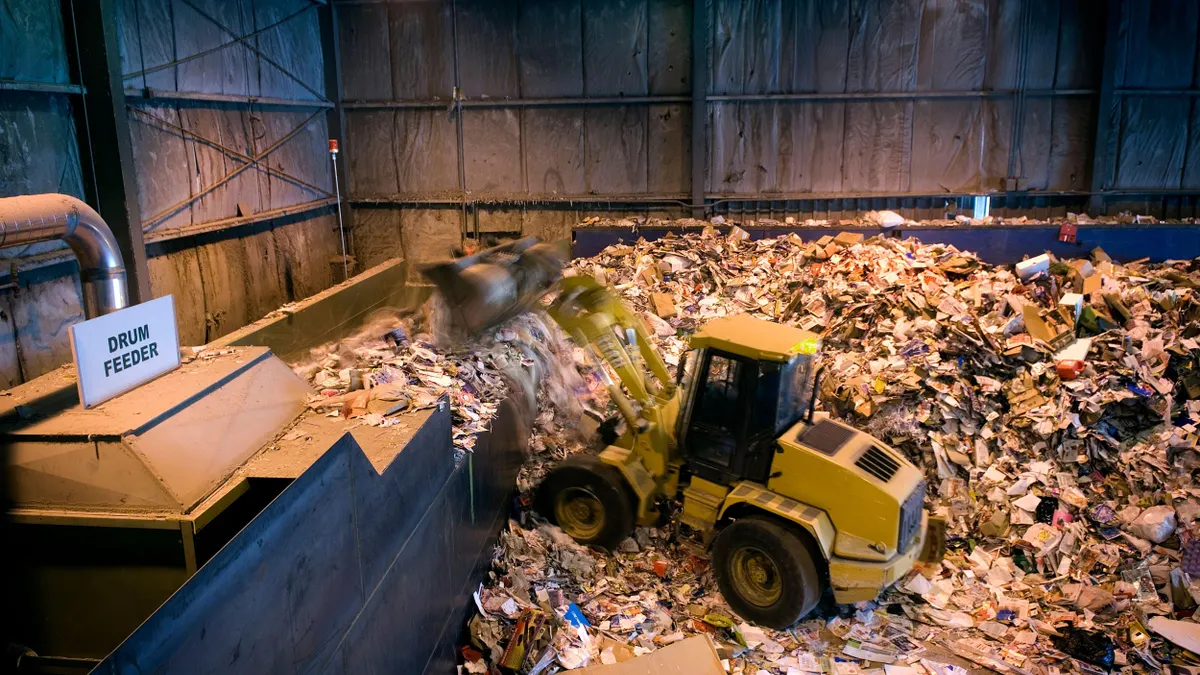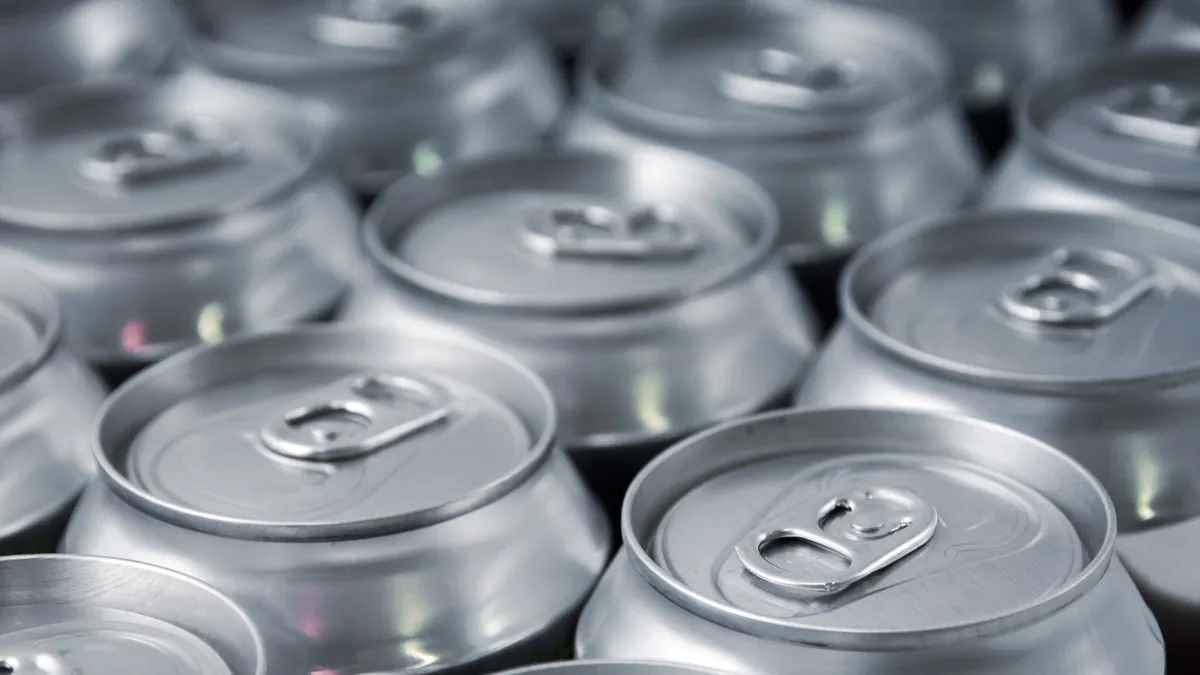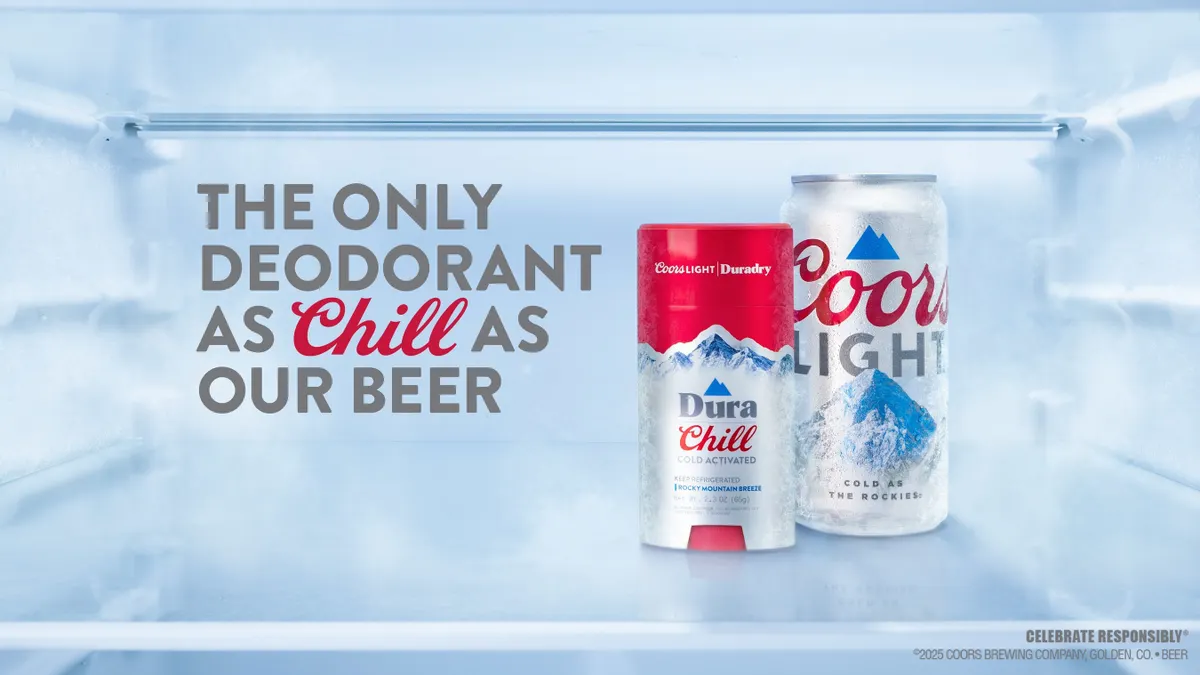After a pendulum swing toward shrinking the chemical footprint of packaging and other products, new government policies have prompted questions about what’s in store for managing chemicals in the sector.
Public concern about the safety and sustainability of chemicals in packaging, and demand for products using safer alternatives, has prompted some companies to voluntarily eschew unnecessary chemicals or find different options. It’s also spurred new regulatory efforts at the state, national and international levels over the past few years.
Several states have adopted laws regulating chemicals in plastic packaging, including California, Maine, Minnesota and New York.
Many are based on the Toxics in Packaging Clearinghouse’s model legislation, which calls for reducing the use of four heavy metals — lead, cadmium, mercury, and hexavalent chromium — as well as PFAS and phthalates, for packaging or packaging-related materials sold or used within the state. The model legislation requires manufacturers and distributors to reduce levels of these “incidentally introduced” metals to 100 parts per million or less and to eliminate PFAS and phthalates.
At the federal level, while the Trump administration has taken steps to roll back some Biden-era PFAS regulations, it also has issued warnings about certain chemicals. With Secretary Robert F. Kennedy Jr. now helming the Department of Health and Human Services, the White House’s “Make America Healthy Again” report cautioned of the impact of some substances on children’s health.
At the international level, the UN Global Framework on Chemicals, whose implementation was discussed late last month in Uruguay, and a proposed global plastics treaty are adding to an increasingly complex policy landscape. In Europe, the EU adopted the Packaging and Packaging Waste Regulation, which will require companies to increase their use of sustainable packaging, part of the bloc’s efforts to transition to a “circular and competitive” economy for packaging.
Mixed signals
Amid a recent corporate trend of adjusting, delaying or walking away from some ESG and packaging sustainability targets, some companies have also eased elective chemical footprint commitments.
But after years of corporate investment in reducing targeted chemicals or finding alternatives — and seeing the marketing advantages of doing so — some advocates are hopeful that companies won’t completely abandon their chemical footprint reduction efforts. “I think sustainability goes in cycles over time,” said Angela Pinilla, senior program manager for the Chemical Footprint Project at Clean Production Action, which documents companies’ efforts to reduce and disclose their chemical use.
Recent analyses from nonprofits Clean Production Action and Toxic-Free Future found that the packaging industry has made progress in tracking and addressing PFAS, PVC and other chemicals in its products and raw materials.
The companies whose progress is highlighted in the Chemical Footprint Project’s most recent report, including Walmart, Whole Foods and Clorox, provide examples of the benefits of taking a proactive, transparent approach, she said. Whole Foods, for instance, set a policy favoring safer chemicals in its supply chain and provides financial incentives for senior managers to reduce the use of chemicals of high concern.
Companies that completed the CFP survey reduced their collective use of chemicals of high concern by 132.9 million pounds, according to the report. “Those frontrunners are showing it’s possible to do it,” Pinilla said.
Earlier this year, many companies also urged EPA to maintain its capacity to review and verify safer chemical formulations under EPA’s Safer Choice certification program, which includes chemical and ingredient standards for products as well as their packaging.
One voluntary industry-led initiative is the U.S. Plastics Pact’s Problematic and Unnecessary Materials List. By 2030, Pact participants aim to eliminate certain items that contain hazardous chemicals, are not reusable, recyclable or compostable, or can be replaced with alternatives.
But there is a limit to what the industry can reasonably do to decrease its chemical footprint, said Dan Felton, president and CEO of the Flexible Packaging Association.
Attention to chemicals in packaging has shifted toward harder-to-address chemicals such as additives, whether intentionally or unintentionally included, he said. That push has largely come from environmental advocacy groups, he added.
“There are some who just would wish that plastics didn't exist at all,” Felton said. “I don’t think that’s realistic.”
In some cases, public pressure and the industry’s homegrown initiatives have inspired tough new state rules that may be difficult to comply with, Felton said. “You have states taking that problematic materials list and sort of codifying it into proposed statutory requirements, which is different than what the Plastics Pact’s focus is,” he said.
And some chemicals just can’t be avoided or replaced with a better option right now, industry officials and some advocates say.
“Finding safer alternatives is challenging,” Pinilla said. “Especially for higher performance packaging applications. Safer chemicals need to perform well as well.”
An eye to the future
Experts in the chemicals space have differing views on how the packaging industry is likely to chart a course on chemical management in the coming years. While some suspect chemical footprint commitments will continue to waver, others note that many companies recognize that the long-term trend toward safer chemicals will persist, particularly in light of state action.
The American Chemistry Council said in a statement that “promoting the safe use of the essential products of chemistry is a shared responsibility of manufacturers, the government and the public” and that decisions at any level of government “should be made using a robust, objective, risk-based approach” based on “sound science, data and facts.”
Packaging industry representatives say they are keeping a watchful eye on new policy developments at all levels of government.
“I think we're sort of waiting to see what kinds of restrictions are put in place, whether that be at the state level, the potential for federal consideration or what's happening in Europe and around the world,” Felton said.


